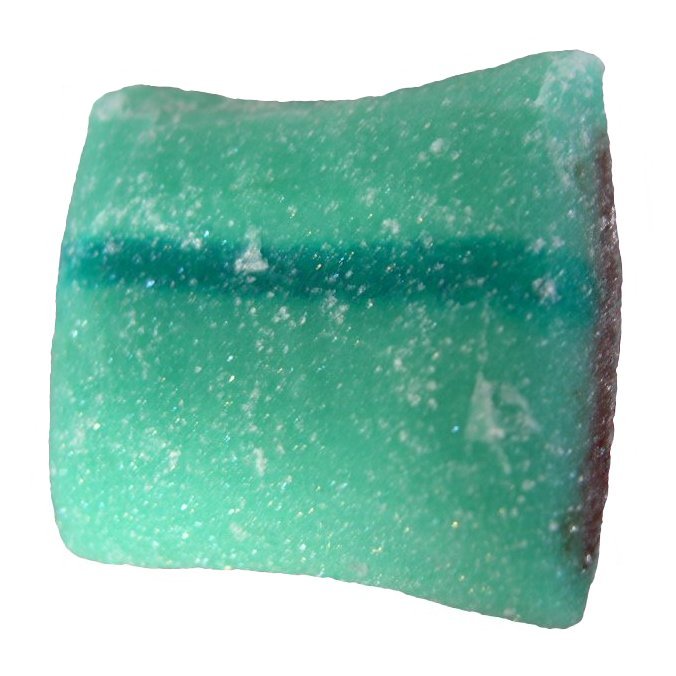Team:Lyon-INSA-ENS/Team/Lyon
From 2011.igem.org
Discover Lyon
The city
The first traces of a town date from 43 BC. Thanks to its strategic location, the town quickly expanded and became the capital of the empire of Gaul in 27BC. The roman town was situated on the Fourvière hill. Nowadays, the anthic theatre and the Odeon remain.

Lyon is also marked by its medieval and renaissance legacy, like you can see in the old town. The traboules, which were connections between the small medieval streets, were helpful during the Second World War because they allowed the French resistance, for example, to escape from the gestapo. They're narrow, like some sort of secret passage. Today a great area of the city is listed in the world heritage of UNESCO, like the old town, Fourvière, Croix Rousse among others.
As far as industry is concerned, Lyon was historically specialised in chemistry and textile. When the textile industry started closing, pharmacy and biotechnology developped instead. Today, Lyon is one of the most important cities of France with almost half a million inhabitants (3rd in France, behind Paris and Marseille) and an area of 50 km². It's also the second touristic city after Paris with 6 millions of tourists every year. It is the capital of Rhône department and the Rhône-Alpes region.

A basilica was built on the former forum of Lugdunum and named Notre-Dame de Fourvière. It's dedicated to the immaculate conception. It is one of the most visible building of the city. The two important places in the peninsula are the Terreaux place and the Bellecour place. The banks of the Rhone are designed and a lot of bars can be found on barges.
Some other important buildings and places :
La Part-Dieu : it's a big tower whose nickname is the "pencil Tower". It is 165 m high. Near the tower, there is also the biggest commercial center built in a city in Europe. You can enjoy almost 250 shops.
Some old buildings like the Brotteaux train station.

The park "La tête d'or" : it's a park of 117 ha in the north area of the city. It opened in 1857. Today it is a place where people go for walking, running, ride roller, biking, rest,... There is a zoological park, a velodrome, a rosary and a botanic garden. It's located next to the campus of la Doua and the INSA.
The "fête des Lumières"
All these places are enhanced during the “Fête des lumières” (the festival of Lights), during the week of the 8th December. In the religious history, it is the date of the immaculate conception and then in 1854 the inauguration of the statue of Marie. This statue was erected in order to protect the city from the plague. At the end of the XIXth century, it became an important touristic event with millions of people coming every year. The tradition is to put a small candle (called "lumignon") on the window of your home. The buildings are illuminated and there are some light animations in the strategic places of the city. This event has an international reputation.
Some other important events : in September the dance biennial and the contemporary art biennial.
Gastronomy
Lyon and its region are also known as a gastronomic area : there are a lot of great chef like Paul Bocuse and Eugénie Brazier. The specialties of the city are the quenelle, the rosette (sausage), the "salade lyonnaise" (lettuce with bacon, crouton and poached egg). You can enjoy these dishes in the "Bouchon lyonnais", typical restaurants, spread among the city. The Rhone-Alpes region is also known for the cheese (tomme de Savoie, reblochon, Mont d'or,...) and the wine (Beaujolais, Côte du Rhone).

.jpg
)
.jpg)
Cinema & Photography

Lyon had also played a great part in the history of cinema and photography thanks to the Lumière Brothers. Auguste and Louis Lumière were among the earliest filmmakers in the history. In 1895, they projected their first short motion pictures, including their famous first film :“ Workers leaving the Lumieres factory”. Each film runs less than a minute, which represents a 17 meter long reel. They developed the device called cinematograph which allows the record, development and projection of motion pictures.Today, you can visit the Lumiere Institute which is located in the brothers’ old house.
 "
"







